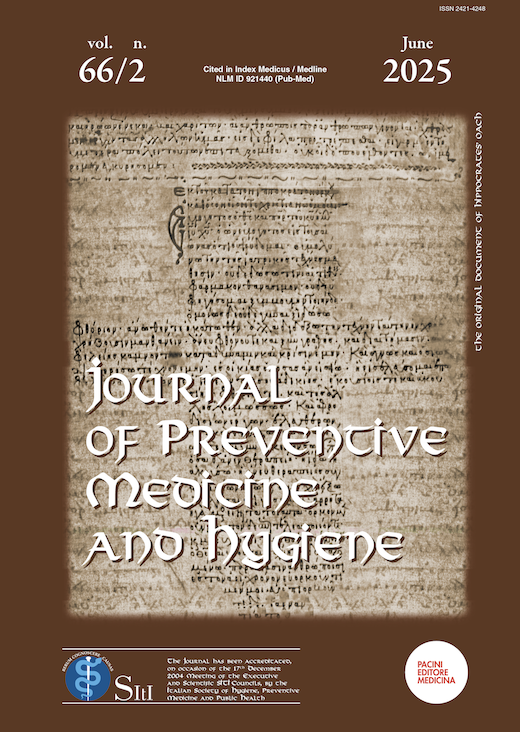Abstract
Penicillin’s discovery is widely attributed to Alexander Fleming (1881-1955) Professor of Bacteriology at St. Mary's Hospital in London in 1928, who observed the antibacterial effects of Penicillium mold. Fleming found that his "mold juice" was capable of killing a wide range of harmful bacteria, such as streptococcus, meningococcus and the diphtheria bacillus.
He then set his assistants, Stuart Craddock and Frederick Ridley, the challenging mission of isolating pure penicillin from the mold juice. It shown to be very unstable, and they were only able to prepare solutions of crude material to work with. Fleming published his findings in the British Journal of Experimental Pathology in June 1929, with only a passing reference to penicillin's potential therapeutic benefits.
However, over 30 years earlier, Italian physician Vincenzo Tiberio (1869-1915) had conducted controlled studies on the bactericidal effects of mold extracts, publishing results that went largely unnoticed by the scientific community.
This article runs through a work plan timeline and significance of early antimicrobial discoveries, tracing the overlooked work of Tiberio, Fleming’s breakthrough, the biochemical properties of penicillin, and the wartime efforts that enabled its mass production.
The story of penicillin is not only one of scientific innovation but also of missed recognition, collaboration, and the complex interplay of chance and preparedness.
References
Gaynes R. The Discovery of Penicillin - New Insights After More Than 75 Years of Clinical Use. Emerg Infect Dis. 2017 May;23(5):849–853. doi: 10.3201/eid2305.161556
Fleming A. On the antibacterial action of cultures of a Penicillium, with special reference to their use in the isolation of B. influenzae. Br J Exp Pathol 1929;10:226-36.
Tiberio V. Sugli estratti di alcune muffe. Ann Igiene Sper 1895;5:91-103.
Daglio P. Vincenzo Tiberio and the discovery of penicillin. A great conquest straddling 2 centuries. Minerva Med. 1982 Jul 14;73(28-29):2005-9.
Martines V, La Torre G. Vincenzo Tiberio, a precursor of penicillin studies. Ann Ig. 1996 May-Jun;8(3):325-7.
Pezzi G. Un italiano precursore degli studi sulla medicina. Ann Med Nav Colon 1946;51.
Perciaccante A, Coralli A, Lippi D, Appenzeller O, Bianucci R. Vincenzo Tiberio (1869–1915) and the dawn of the antibiotic age. Intern Emerg Med 2019;14:1363-4.
Gradmann C. A spirit of scientific rigour: German bacteriology from Koch to AIDS. Med Hist 2000;44(3):353-8.
Bud R. Penicillin: Triumph and tragedy. Oxford: Oxford University Press; 2007.
Tipper DJ, Strominger JL. Mechanism of action of penicillins: a proposal based on their structural similarity to acyl-D-alanyl-D-alanine. Proc Natl Acad Sci U S A 1965;54(4):1133-41.
Waxman DJ, Strominger JL. Penicillin-binding proteins and the mechanism of action of beta-lactam antibiotics. Annu Rev Biochem 1983;52:825-69.
Bush K, Bradford PA. β-Lactams and β-lactamase inhibitors: an overview. Cold Spring Harb Perspect Med 2016;6(8):a025247.
Davies J, Davies D. Origins and evolution of antibiotic resistance. Microbiol Mol Biol Rev 2010;74(3):417-33.
Waksman SA, Schatz A. Streptomycin, a substance exhibiting antibiotic activity against Gram-positive and Gram-negative bacteria. Proc Soc Exp Biol Med 1944;55(1):66-9.
Finland M. Emergence of antibiotic resistance in hospitals. N Engl J Med 1970;282(23):1156-64.
Aminov RI. A brief history of the antibiotic era: lessons learned and challenges for the future. Front Microbiol 2010;1:134.
Clardy J, Fischbach MA, Currie CR. The natural history of antibiotics. Curr Biol 2009;19(11):R437-41.
Laxminarayan R, Duse A, Wattal C, et al. Antibiotic resistance—the need for global solutions. Lancet Infect Dis 2013;13(12):1057-98.

